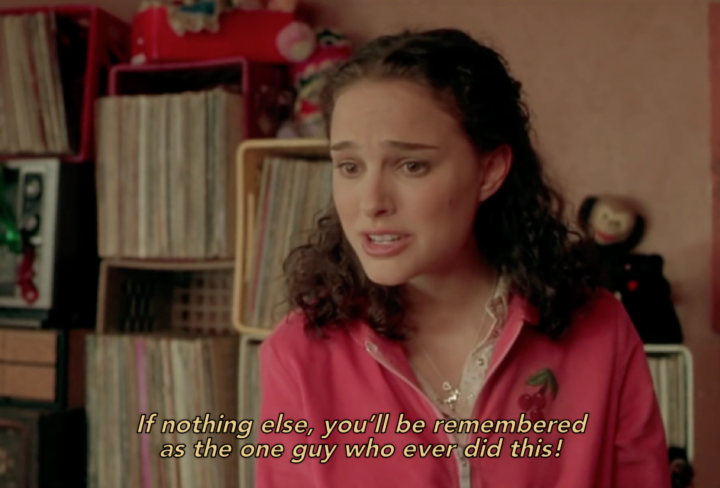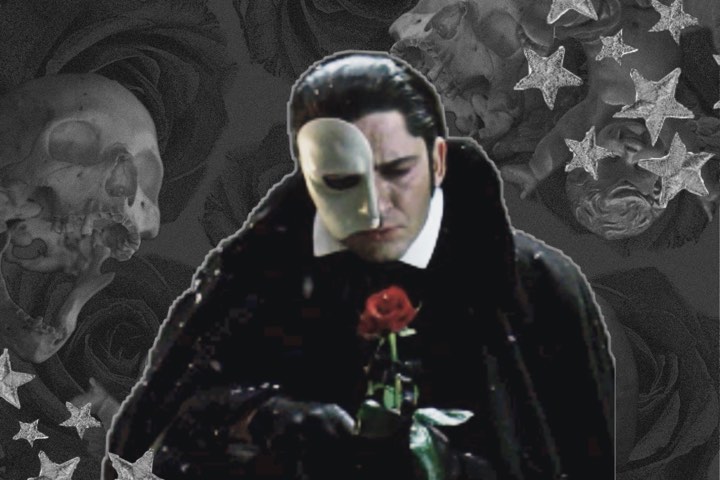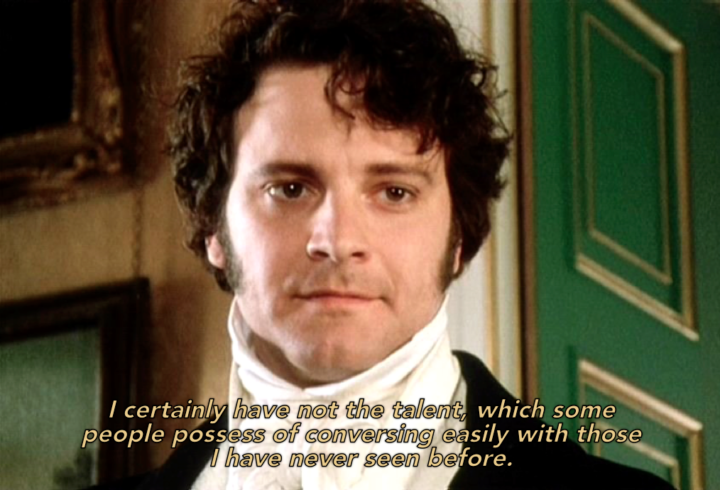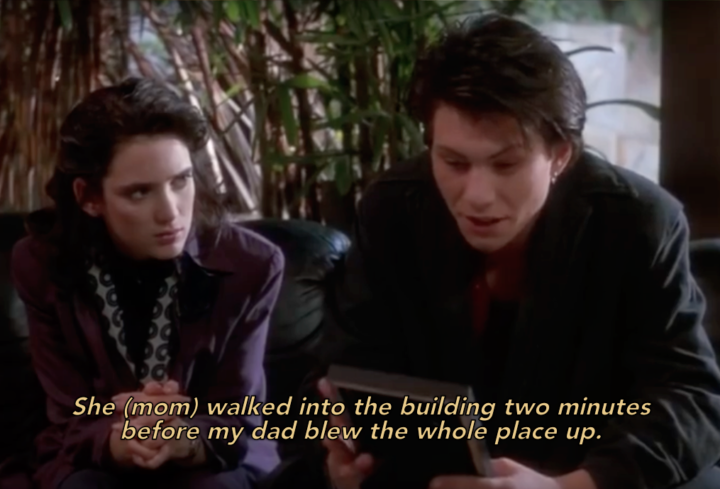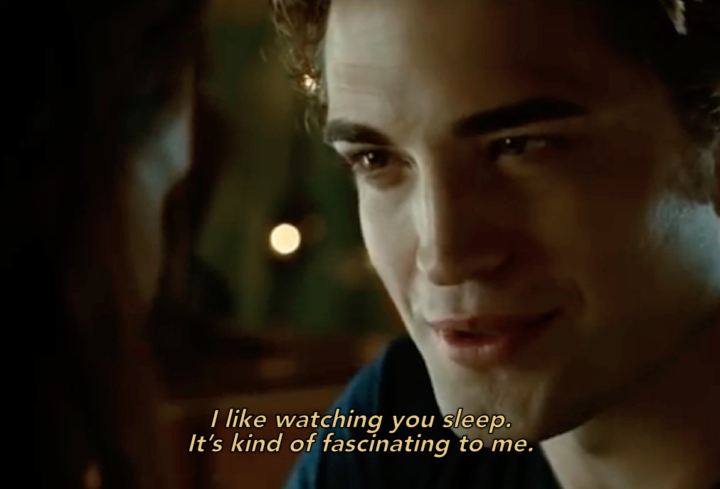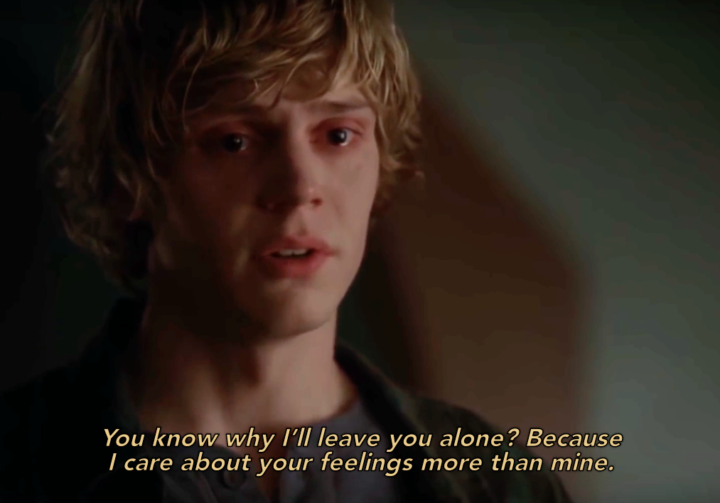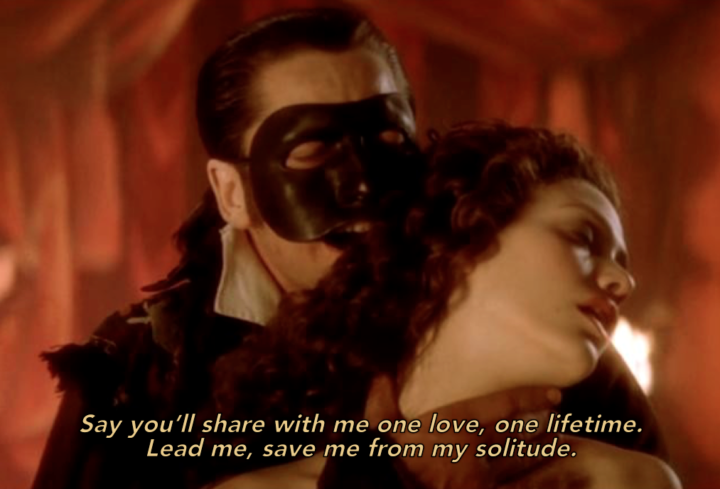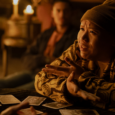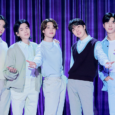Words by Bea Lizarondo Soliman
It was film critic Nathan Rabin who first coined the term Manic Pixie Dream Girl (MPDG) to refer to this stock female cinematic character that “exists solely in the fevered imaginations of sensitive writer-directors to teach broodingly soulful young men to embrace life and its infinite mysteries and adventures.” In simpler terms, a Manic Pixie Dream Girl is this female fantasy figure whose primary reason for existence is to help the mopey male protagonist achieve the highest version of himself or to even go as far as “fixing” the mopey male protagonist without attaining independent ambitions herself.
Since this stir-crazy-writer-created stock character is catered solely to the fulfilment of the male fantasy, the Manic Pixie Dream Girl is in possession of a number of notable characteristics that are supposedly appealing to the male audience: likes everything he likes, book-definition pretty, wildly-colored hair, three-cans-of-red-bull-level energetic with a hint of child-like playfulness, distinctive and mirthful idiosyncrasies, and a perfect body hidden under layers of ridiculously varicolored and usually video-game or superhero-centric clothing.
She’s basically a nerd’s wet dream! Some of the female characters that fit under this trope are Claire from Elizabethtown, Sam from Garden State, and Margo in the film version of Paper Towns. (For political-correctness, I chose not to add Summer from 500 Days of Summer and Ramona Flowers from Scott Pilgrim vs. The World, considering that they do actually have goals of their own!)
READ ALSO: Hate ghost movies but love a good scare? Watch these 18 psychological/crime thrillers instead!
However, I have recently noticed the presence of a male cinematic archetype which can be found in a number of films and stories.
He seems to exist in this rumination-induced air of tragedy and melancholia that is meant to justify his dark, somewhat seductive, and border-lining questionably misanthropic characteristics, which causes the empathetic and usually empowered female protagonist to rationalize his problematic thoughts and potentially detrimental actions towards the rest of society in her conviction that this beautiful basket-case is just very “broken and misunderstood.” (If you say so?)
Because of the female protagonist’s ability or, at the very least, willingness to understand the “complexity” of this somewhat Byronic male character, he treats her less terribly (how romantic!) in comparison to how he treats the rest of the human race, making her the exception to his very nature, and even confides his deepest weaknesses in her. This causes the female protagonist to melt into a muddy puddle in his presence and to seemingly make it her objective to “fix” this very damaged character by the end of the plot.
This destructive male character is as winsome to the female audience as the Manic Pixie Dream Girl is to the male audience, because what’s more glorifying to highly-media-influenced women than the idea of being the benevolent rescuer of the poor and wounded male soul? Examples of male characters that I believe may fit under this archetype are Jason Dean (J.D.) from Heathers, Erik (Phantom) from The Phantom of the Opera, Tate Langdon from American Horror Story: Murder House, Edward Cullen from Twilight, Mr. Darcy from Pride and Prejudice, and the fan fiction versions of Loki and Draco Malfoy.
READ ALSO: Robert Pattinson Thinks Some Twilight Fans are “a Crack Troop of Crazies”
It is considerably odd, however, that with the number of characters that may fit under this cinematic concept, there is, at least to my limited knowledge, no precise categorical term for this stock character. I propose calling him the Depressed Demon Nightmare Boy or DDNB considering that he does seem to be the polar opposite of the Manic Pixie Dream Girl, and for the sake of clarity, I will be referring to this male character as the term throughout this article. (Tell us what you think this male stereotype should be called!
)
I personally think that the female fascination with this male character greatly relates to what the media effectively portrays as “desirable” to women, even affecting the way the female audience relates romantically to men in reality after being exposed to him. (I’ll leave you to decide whether this is considerably a good thing or not!) With this, here are five ways you can spot the polar opposite of the Manic Pixie Dream Girl:
5. He is a loner or a social outcast.
There usually is an establishing juxtaposing shot of the Depressed Demon Nightmare Boy, presented in strange yet appealing clothing, sitting or standing alone in silence in a social gathering, but don’t get him wrong! This isolation is not due to the agreed ostracisation of the rest of society (though admittedly this situation may also be probable); in most cases, he is isolated due to his own liking.
This character, in all his snarky and condescending nature, deems himself as intellectually, behaviourally, and other words ending with -ally superior to the “fools” he is usually surrounded with, and why should he force himself to interact with people who he doesn’t wish to be bothered by? This refusal to adapt to basic societal cues also adds to his individualistic and defiant persona, and since there is this refusal to socialize, it makes it difficult for the rest of the people to know him more, adding to this obscure and mysterious yet captivating aura that he holds!
4. He has a tragic backstory.
The Depressed Demon Nightmare Boy has undergone a significantly traumatic experience in the past, and this experience is fundamentally responsible for the shaping of his personality as progressively portrayed in the plot. A list of common cinematic backstories for this character are the following: being abandoned by parents, experiencing the death of a loved one, witnessing the death of a loved one, being betrayed by a confidante, or being harshly dehumanized by society.
The revelation of his backstory, however, usually occurs in the middle of the plot; sometimes, it is withheld all the way towards the end for an added effect of dramatic appeal. In both cases, it is commonly revealed through a troubled flashback, talk from people here and there, or as a passing thought by the character himself in an attempt to make it seem as disaffecting as he wants people to believe it is. The character’s problematic past is treated by the sympathetic female character as a Freudian explanation as to why her sweet, little quasi-monster behaves as questionable as the way he does.
READ ALSO: 10 Filipino Rom-Com Clichés We All Love to Hate
3. He has abusive yet romanticized traits.
Like we mentioned earlier, because of the female protagonist’s sympathetic attitude towards the Depressed Demon Nightmare Boy, she will have the tendency to normalize his toxic characteristics. This sympathy, which is usually seen as commendable in a generally realistic context, becomes harmful in this fictional situation as it allows the female protagonist to mistake his problematic behavior for hints of romance.
For example: he follows you because he likes you! He tries to control you because he doesn’t want anything terrible to happen to you! He murders those who get in your way because he thinks you deserve better! In addition to these behaviors, he’s also usually incredibly patronizing, manipulative, selfish, demented, vexingly nihilistic, and even mentally unstable. (The man is probably in need of serious counseling, and if you are part of the audience that sexualizes or glorifies these characteristics, maybe you should consider it as well!)
2. He has a hidden heart of gold. Apparently.
Because of his dark demeanor and problematic characteristics, there is no wonder why people see him to be as troublesome or, in a more extreme sense, even as monstrous as they do. If this is the case, then why does our female protagonist see him to be as beautiful as she does?
Well, other than the sympathy she feels for him due to his tragic past, she probably has also experienced his very rare and small gestures of kindness or even silliness, making her believe that he purposely goes out of his way to treat her differently from the way he normally deals with other people, thus making her fall deeper into him due to his “special treatment” of her. This also makes her believe that she knows a different side to him, and people just ~don’t know him the way~ she does. (Cue the variations of the “he’s just misunderstood” line!) However, this just makes it easier for the male character to manipulate the female character!
1. He puts the responsibility to fix him on the female.
Every other character in the plot is very much aware of how much of a loser the Depressed Demon Nightmare Boy is; he’s condescending, abusive, and controlling! However, the female protagonist, our very own love martyr, though feels sorry for him, finds him to be more compelling than pathetic. In most cases, the female protagonist is even aware of her beloved’s many faults but still chooses to stand by him, enduring his strangling actions, in the belief that her love for him will eventually become strong enough to reform him into the man she believes he is. In actuality, he knows the effect he has on her, and he uses this sympathy to hold her captive or to manipulate her into doing what he wishes!
Do you know any other character under this stock character? What do you think should we call him? Tell us in the comments section!

